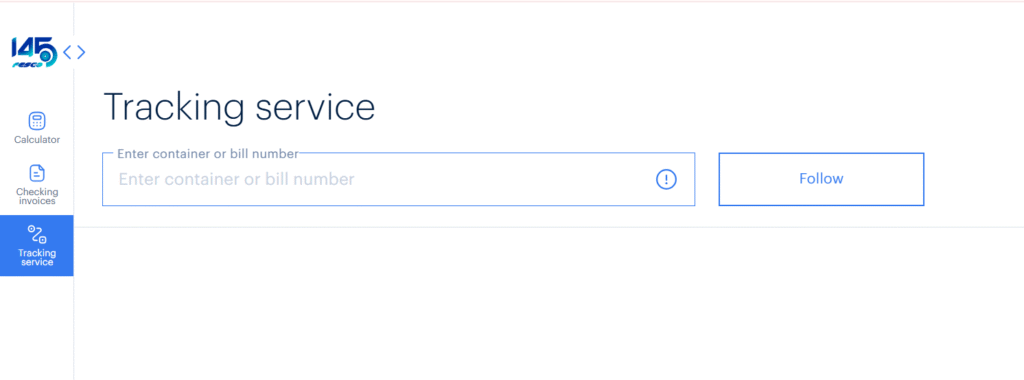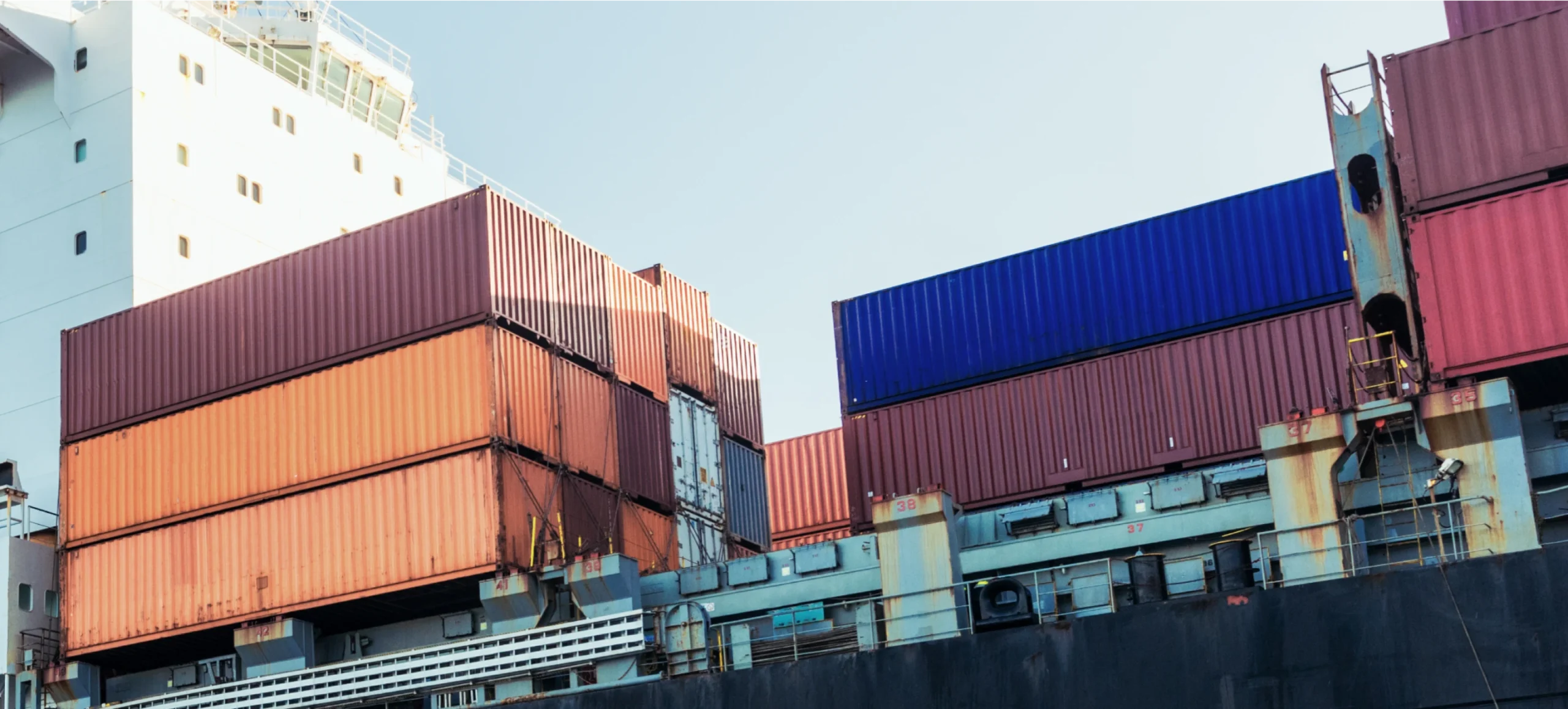Introduction
When your shipment is moving across oceans and continents, knowing exactly where it is and when it will arrive is critical. Whether you’re an importer waiting on essential goods, a freight forwarder managing multiple clients, or a small business owner keeping your supply chain tight, real-time tracking helps avoid costly delays.
For shippers working with the Far Eastern Shipping Company (FESCO), the MY.FESCO tracking system is the official way to check the location and status of your container or cargo. In this guide, we’ll walk you through how FESCO tracking works, the tools you can use, how to interpret tracking updates, and practical tips to get the most out of it.
What is FESCO?
The Far Eastern Shipping Company, commonly known as FESCO, is one of the largest and most established transport and logistics companies in Russia. Founded in 1880, it has evolved into an integrated transport group that provides shipping, rail, and terminal services.
FESCO’s network covers:
- Sea routes connecting Russia’s Far East with China, Korea, Japan, and Southeast Asia
- Intermodal transport linking ports to inland destinations via rail and truck
- Port terminals in key locations like Vladivostok
Because FESCO operates both the vessels and the inland logistics, its tracking system offers detailed visibility from port of loading to final delivery.
What is FESCO Tracking?
FESCO Tracking is the process of monitoring your container or shipment as it moves through the logistics chain. Using the official MY.FESCO online platform, you can enter your container number, Bill of Lading (BL), or booking number to see:
- Current location
- Last recorded event
- Vessel name and voyage
- Estimated arrival or departure dates
- Port history
This tracking system is updated regularly using FESCO’s internal logistics data, port updates, and vessel schedules.
How to Use MY.FESCO Tracking

Tracking a container via MY.FESCO is simple.
Step-by-Step Guide
- Visit the official tracking page
Go to: https://my.fesco.com/tracking - Enter your details
- Container Number (e.g.,
FESU1234567) - Bill of Lading (BL) number
- Booking Number
- Container Number (e.g.,
- Click “Search”
The system will display:- Current status
- Last update date/time
- Location (port or terminal)
- Vessel details
- ETA at next port
- (Optional)Log in to your MY.FESCO account if you want access to:
- Booking management
- Freight invoices
- Cargo documentation
FESCO Tracking Status Codes and What They Mean
Understanding the tracking updates is crucial for planning deliveries and avoiding delays. Here are the most common status messages:
| Status Code | Meaning |
|---|---|
| Gate In | Container entered the terminal yard |
| Loaded on Vessel | Container has been loaded for departure |
| Departed | Vessel has left the port |
| In Transit | Container is on its way to the next port |
| Discharged | Container unloaded at destination port |
| Customs Hold | Container held for inspection |
| Released | Container cleared for pickup |
| Delivered | Container picked up from terminal |
Alternative Ways to Track FESCO Shipments
While MY.FESCO is the official tool, there are other platforms that provide tracking — sometimes with extra features like predictive ETAs, live maps, and alerts.
1. ShipsGo
- Tracks FESCO containers using container number, BL, or booking
- Shows live vessel positions
- Sends email alerts for status changes
2. GoComet
- Useful for both full container tracking and empty return tracking
- Provides a dashboard for multiple shipments
- Free plan available for small users
3. SeaRates
- Aggregates tracking for multiple carriers, including FESCO
- Offers a clean interface for shipment history
4. Project44 & Portcast (Enterprise Solutions)
- Best for large companies needing predictive ETA
- API integration with Transport Management Systems (TMS)
- Uses AI and real-time vessel data for accuracy
Real-World Example of FESCO Tracking in Action
A Moscow-based electronics importer had a shipment from Shanghai via FESCO. By tracking the container daily through MY.FESCO, they noticed the vessel would arrive two days later than scheduled due to port congestion in Vladivostok. They immediately informed their inland trucking company and adjusted delivery schedules. This proactive step saved them over $2,000 in potential demurrage fees.
Tips for Effective FESCO Tracking
- Always use the correct container number format — usually 4 letters + 7 digits.
- Check updates daily during critical shipping stages.
- Set up alerts if you use a third-party tracking tool.
- Act quickly on “Customs Hold” to avoid long delays.
- Combine FESCO’s official tracker with predictive ETA tools for the most accurate planning.
Common Issues and Solutions
- No Data Found: Shipment may not be in the system yet — try again in a few hours.
- Outdated Status: Some events update only after port confirmation; check again later or use AIS vessel tracking.
- Missing Documentation: Log in to MY.FESCO or contact your freight forwarder.
Why FESCO Tracking is Essential for Your Supply Chain
Accurate tracking helps you:
- Reduce unexpected costs (like demurrage and storage)
- Improve customer satisfaction with accurate delivery timelines
- Optimize inland transport scheduling
- Maintain transparency in your logistics operations
Final Thoughts
FESCO’s MY.FESCO tracking system is a reliable, user-friendly way to keep tabs on your shipments. For most users, it provides all the essential information needed to plan logistics effectively. However, combining it with advanced third-party tracking tools can give you a competitive edge — especially if you manage multiple shipments across different carriers.

